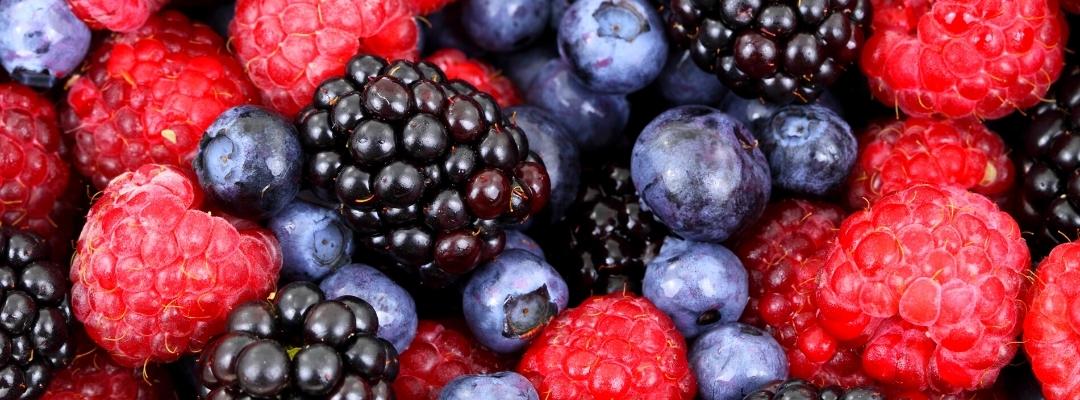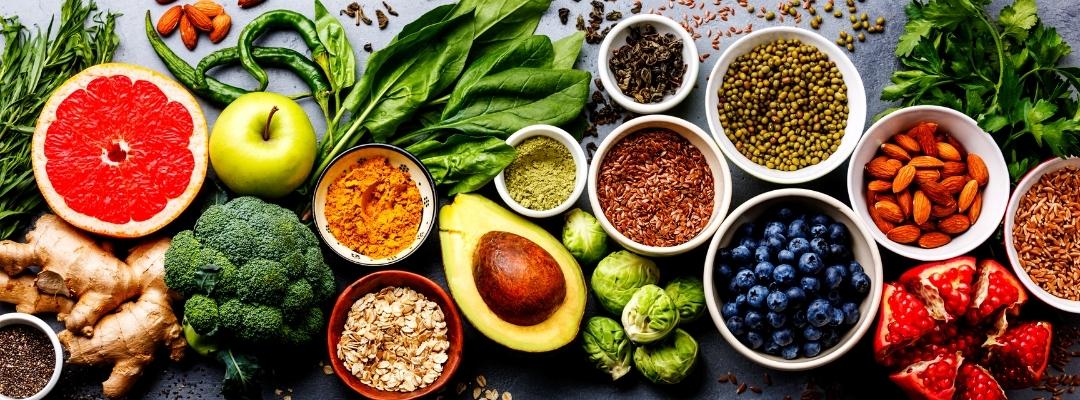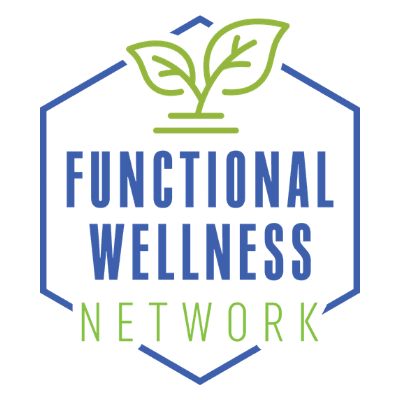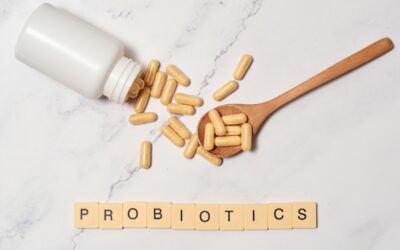Did you know that the colors of foods tell us what type of pigment predominates in them?

The orange color of pumpkin is due to carotenes; the green color of parsley is due to chlorophyll, and the violet color of red cabbage is due to anthocyanins. For this reason it is important to include vegetables, fruits and tubers of different colors, which provide us with a wide variety of pigments in the diet, as each one provides different health benefits.
Anthocyanins, responsible for the red, blue and purple hues, are a very interesting type of flavonoids, due to the fact that they have an extraordinary antioxidant power.
These pigments are contained in red cabbage, blueberries, pomegranate, black grapes, cherries, blackberries and beet. Fruits and vegetables that we can easily find at home.

Benefits of anthocyanins:
Their regular consumption provides several benefits:
- They reduce inflammation
- They prevent cellular aging
- Protect cardiovascular health
- Help balance blood pressure
- Lower cholesterol
- Support memory and cognitive functions
- Prevent obesity and diabetes
- Improve eye health
- Help prevent neurological diseases
- Reduce the risk of cancer

Anthocyanins as a natural food additive
Anthocyanins are also used as colorants. It is a natural, healthy food additive that appears on product labels with the code E-163. It is purple, blue, violet, red, ochre and brown.
The skin of purple grapes is often used to make colorant, but it is also extracted from blueberries, raspberries, blackberries, cherries and other fruits. The benefits of using these organic additives are that they are non-toxic and provide, albeit in very small amounts, healthy anthocyanins.
Share this information with your friends, so that they start consuming grapes, blueberries and healthy purple fruits.




